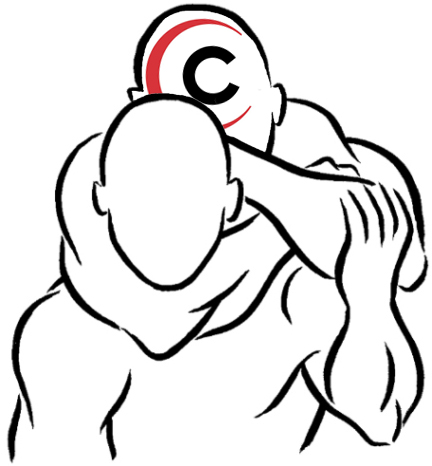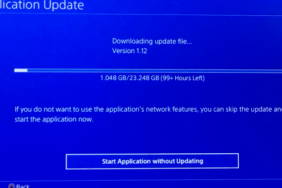 Comcast, the 2nd largest cable and Internet provider in the US, has released the details of their new “network management” system recently. The company came under fire last year when it was revealed that they were silently blocking some peer-to-peer network traffic, prompting a rebuke from the US Federal Communications Commission.
Comcast, the 2nd largest cable and Internet provider in the US, has released the details of their new “network management” system recently. The company came under fire last year when it was revealed that they were silently blocking some peer-to-peer network traffic, prompting a rebuke from the US Federal Communications Commission.
While Comcast is no longer targeting specific network protocols, they have essentially imposed a cap on the amount of bandwidth you can use before being throttled. This is in addition to the maximum of 250 GB of data you are allowed per month before they will warn and then terminate your service for a year.
Subscribers using over 70% of their allotted bandwidth for 15 minutes, will be “throttled”. Also, if the portion of the Comcast network that you are connected to becomes congested and your traffic is identified as the culprit, you will be “throttled”. In either case, your connection will be “throttled” until such time as your bandwidth usage goes below 50% for at least 15 minutes.
Throttling in practice means network packets get prioritized lower than those of customers that are not throttled. By default Comcast’s network traffic is prioritized as “Priority Best Effort”, or PBE for short. When you are throttled, those packets are changed to just “Best Effort” prioritization, or BE for short.
What does this mean for gamers? If you are anything like me, Thursday evening you do a lot of downloading on the PSN. Or maybe you like to watch movies or TV shows from the PSN Video Store. In any case, say that you have a 10 Mbps download speed. If you are somehow using 7 Mbps of that 10 Mbps connection for more than 15 minutes, the Comcast network is going to start to deprioritize your traffic. With any luck, you are the only person in your neighborhood that is doing this and you will be fine. More likely, your packets will start to take longer to get from the PSN down to your PS3. If you are just downloading games or demos or videos, this will just mean your throughput will drop slightly. Instead of a 20 minute download taking 20 minutes, it might take 22 minutes or 25. Hopefully you aren’t trying to stream an HD movie, or even worse, trying to play anything with an online component.
With typical Internet traffic like web browsing and e-mail this is generally not as much of a problem. For these applications the major factor in perceived “speed” is your available bandwidth. If you happen to get throttled your web pages might take a little bit longer to load, and your e-mail will download a little bit slower.
However, when it comes to online gaming, more important than bandwidth and throughput is “latency”. Latency is the amount of time each packet takes to make the trip between your PS3 and the game’s servers and back. Or, in the case of games that use peer-to-peer networking, to the host’s PS3 and back. This is your “round trip time” or RTT. The longer your RTT the more “lag” you will perceive when you are playing online. In general your RTT is going to be higher the farther that you are geographically from the destination. Also, if the destination has a “slower” connection or is congested, your RTT will be higher; the packets will have to queue up and trickle through, increasing the RTT. But now, in addition to geographically induced and bandwidth induced latency, if you have triggered a throttling event during a period of congestion, your RTT is going to skyrocket as well. Your network traffic is only going to be able to move across the network after all non-throttled traffic has moved across. If there are non-throttled packets waiting to be sent out through the network, those packets will be sent before yours. Just hope that nobody is about to start streaming a Netflix movie while you line yourself up for that headshot.
It will also be interesting to see whether Comcast is only keeping track of download throughput, or if they are also measuring upstream throughput. Your typical multiplayer FPS generates about 40 Kbps of traffic. Many online multiplayer games utilize peer-to-peer networking, which requires one player to be the host for any given match. This means that your 40 Kbps of data becomes 40 * the number of players coming into your network. For a typical 12 player multiplayer game, that’s 480 Kbps. While this is still only about 5% of your 10 Mbps of downstream bandwidth, Comcast has a much smaller quota for upstream traffic. If you have a 10 Mbps downstream, you more than likely have around 2 Mbps upstream. 480 Kbps is approximately 25% of that upstream bandwidth, so you are already over 1/3rd of your way to getting throttled if upstream bandwidth is being “managed” the same as download bandwidth is.
What effect do you think this new policy and others like it will have on online gaming? How will it effect efforts towards digital distribution, be it one-time game downloads from the PSN or future on-demand gaming applications like OnLive?








